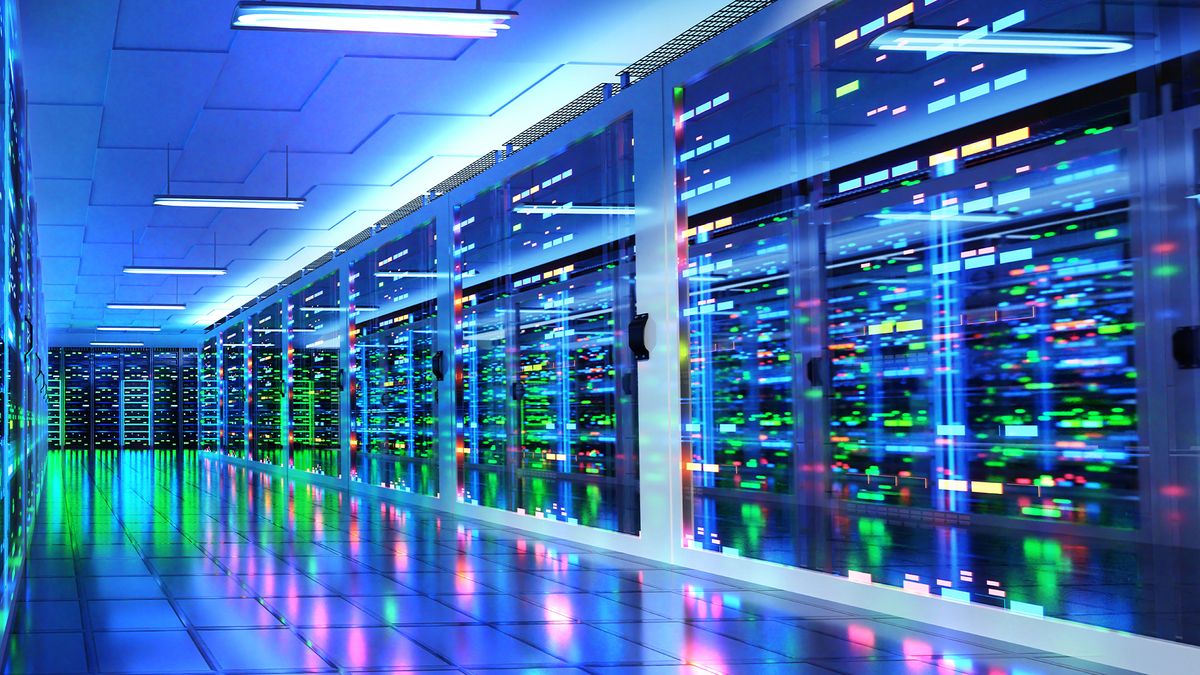Edge data center demand is skyrocketing — and generative AI and IoT are the key drivers fueling this rapid growth

Edge data centers are set for a boom thanks to the growth in Internet of Things (IoT) and generative AI technologies, according to new research.
Analysis from global real estate consulting firm JLL predicts that the global market for edge IT infrastructure and data centers will hit $317 billion by 2026, more than doubling from the 2020 value of $153 billion.
The main driver for this growth, the firm said, is the increasing use of IoT and AI technologies, with JLL forecasting that IoT will show a compound annual growth rate (CAGR) of 9.8% over the next five years.
However, other factors include the need for faster data transfer and high computation, with national policies and regulations also playing a part.
In a 2023 survey of data center professionals, four-in-ten cited the requirement for low latency and high bandwidth as the most important driver for edge data center deployments, followed closely by data security and privacy at 38.3%.
“Consumers and corporations will continue to adapt to transformational technologies within daily life, and without the distribution of data processing and storage across various locations, cutting edge efficiencies and solutions like IoT and generative AI will not transition to mainstream acceptance,” said Jonathan Kinsey, EMEA lead and global Chair, Data Centre Solutions, at JLL.
“Edge data centers will be essential to ensure both seamless business operations in the future economy while also improving security measures and protecting against potential disruptions.
“By lowering latency by bringing the computing infrastructure closer to the data source and user, edge IT infrastructure will become an essential component in the international economy.”
In the US, 21% of data center development is happening in edge geographies, according to JLL. However, the Asia Pacific and Middle East North Africa (MENA) regions have particular potential for growth, largely thanks to rising internet and mobile penetration amongst rural populations.
“The expansion of edge data centers is driven by the growing demand for faster, more efficient, and secure data processing,” said Daniel Efrati, co-founder and CEO of NED Data Centres.
“Notably, in the MENA region, Saudi Arabia is advancing its digital infrastructure under Vision 2030, focusing on expanding edge data centers to support digital service growth, particularly in rural and underserved areas.”
What’s driving edge data center growth?
While enterprises typically opt for a hybrid approach, the growth in data and connected devices has driven the need for increased storage, computing, and network capabilities closer to the end points of use, according to David Watkins, solutions director at VIRTUS Data Centres.
“As companies adopt AI/ML strategies, the demand for edge solutions becomes more pronounced. A fully integrated AI solution requires connectivity to all aspects of a business’s systems,” Watkins told ITPro.
“While core language models and inference models may reside in megascale campuses, there is an ongoing need for edge solutions in metropolitan cities, ensuring full integration.”
Dan Smale, senior service owner at Fasthosts and Fasthosts ProActive, told ITPro that certain industries are fueling demand with particular applications.
“Manufacturing and energy are two industries that are making use of edge data centers to monitor equipment, automate machinery, and allocate resources to cut costs and improve efficiency,” he said.
Similarly, the media industry is another key area in which organizations have capitalized on edge data centers. This, he added, has enabled them to “completely transform the way we consume content and create the streaming landscape”.
As the industry matures in the long run, Matt Rees, chief technology and operating officer at Neos Networks, said a hybrid approach is likely to unfold.
“Edge data centers will be particularly crucial for things like AI inferencing, where data flows go to the edge for processing and then back to core data centers for distribution,” he said.
“Time-critical applications will continue to be served closer to the edge of the network, whereas data-heavy and less time-sensitive applications, like those across advanced research, will be better served in central data centers.”







